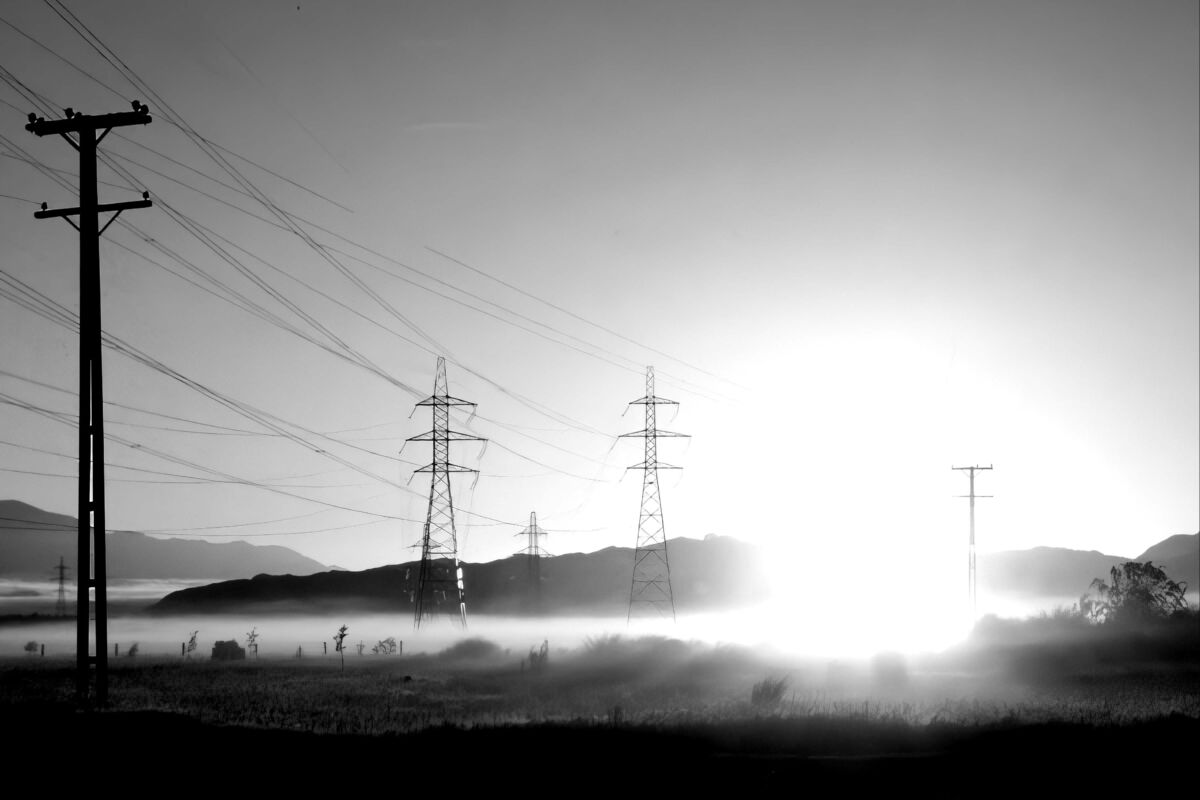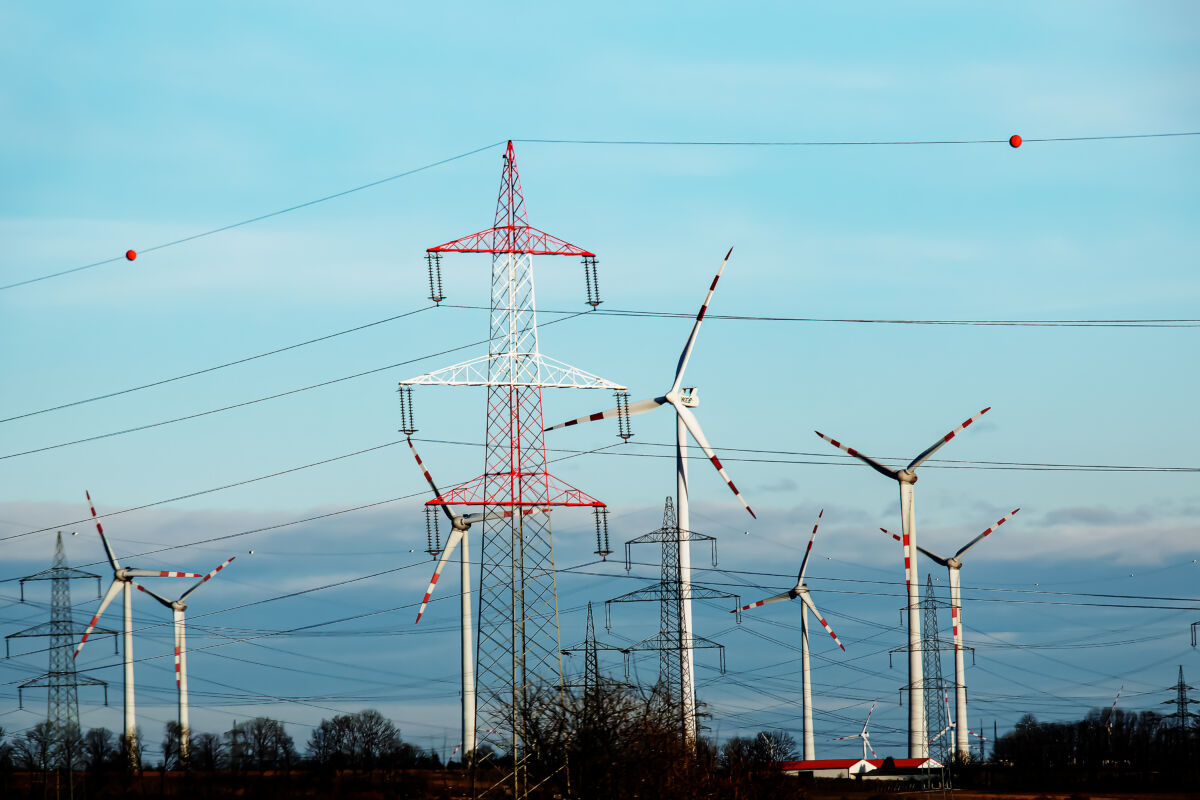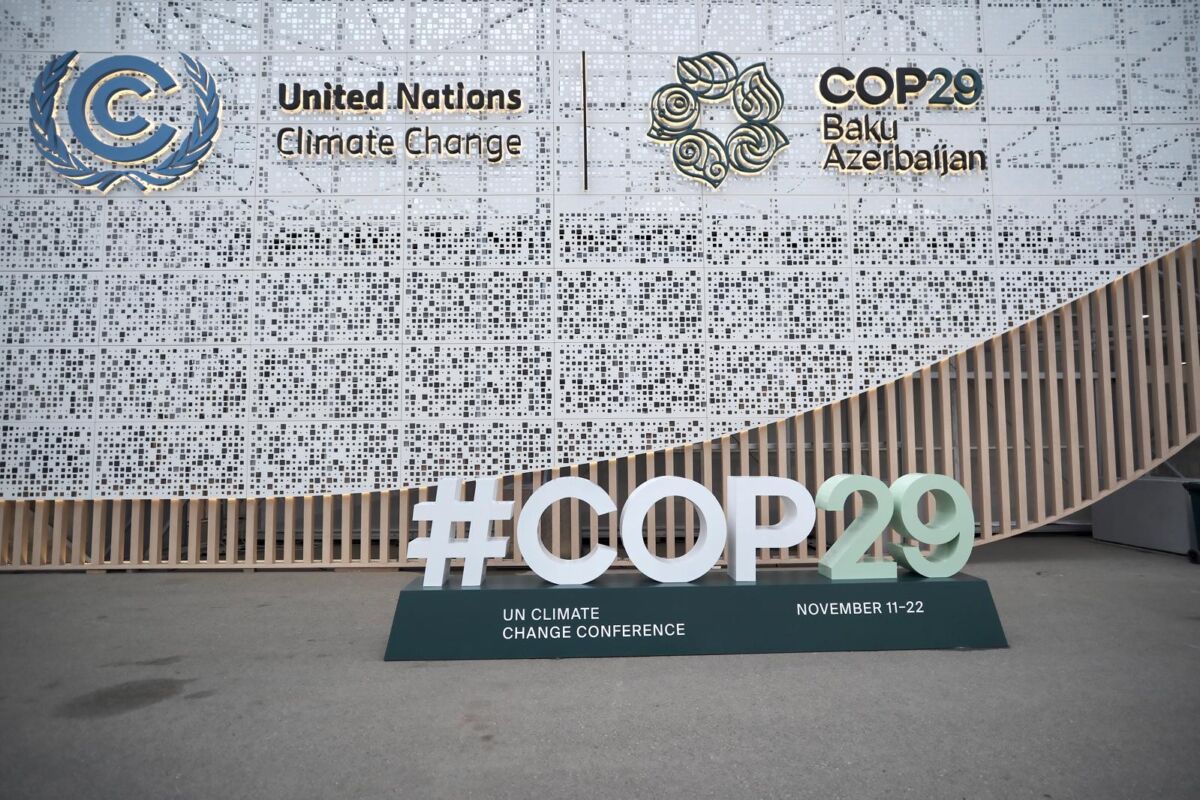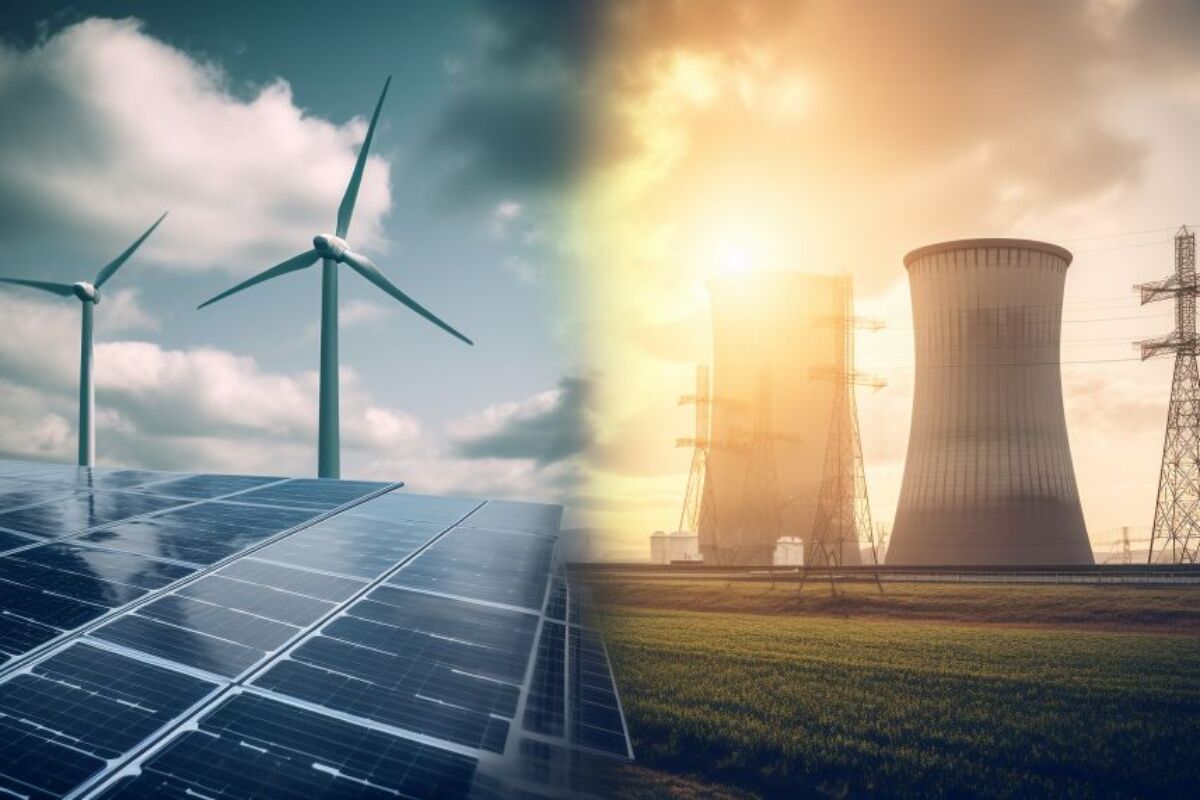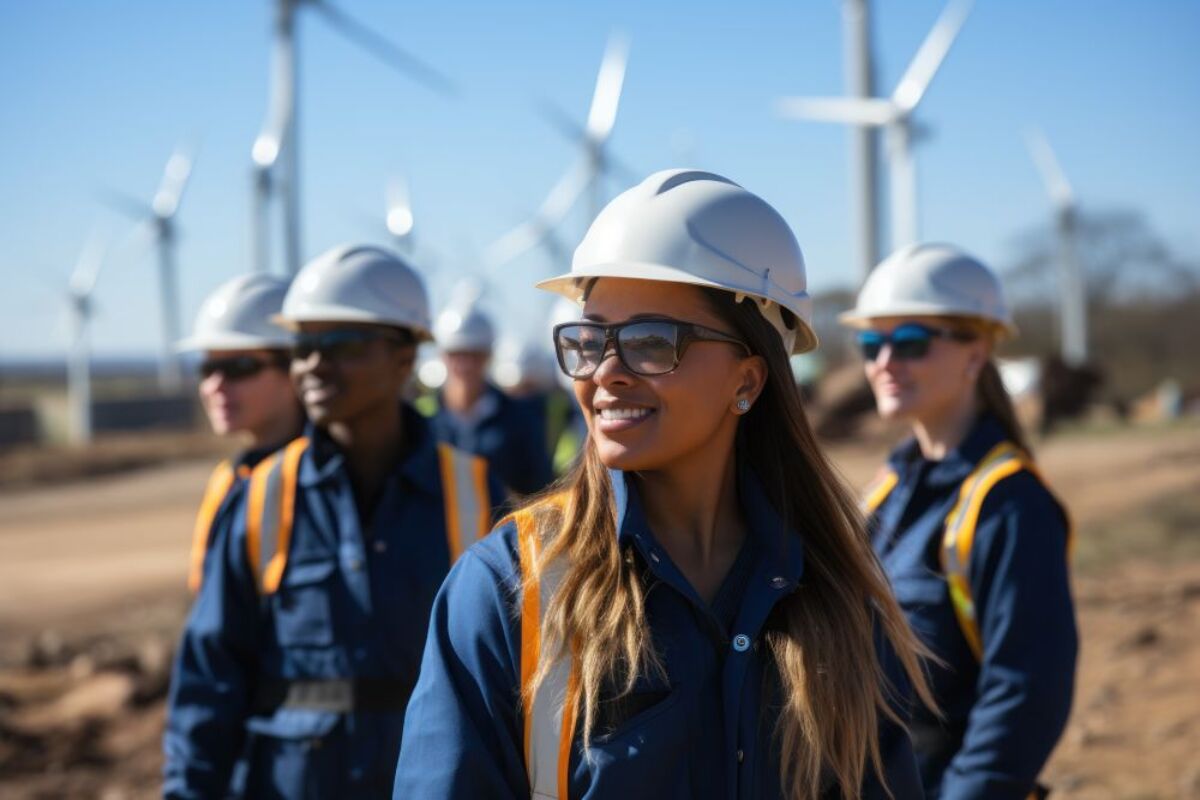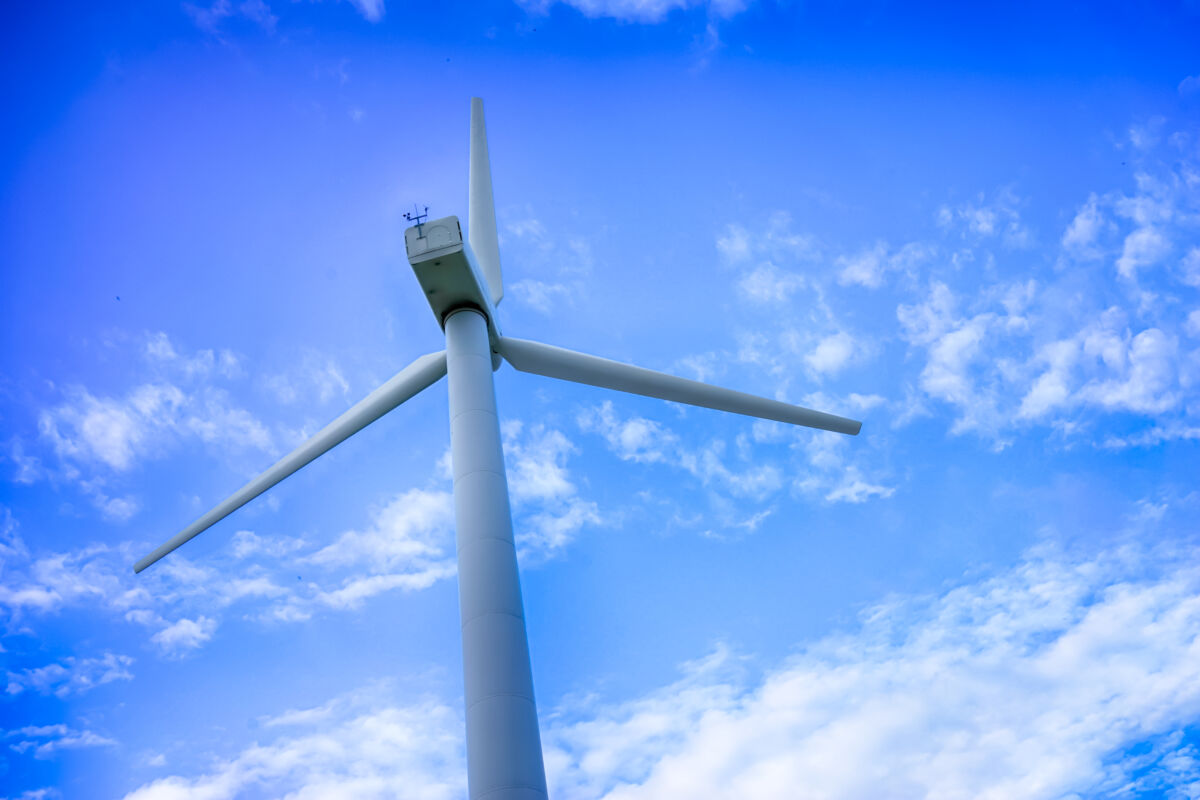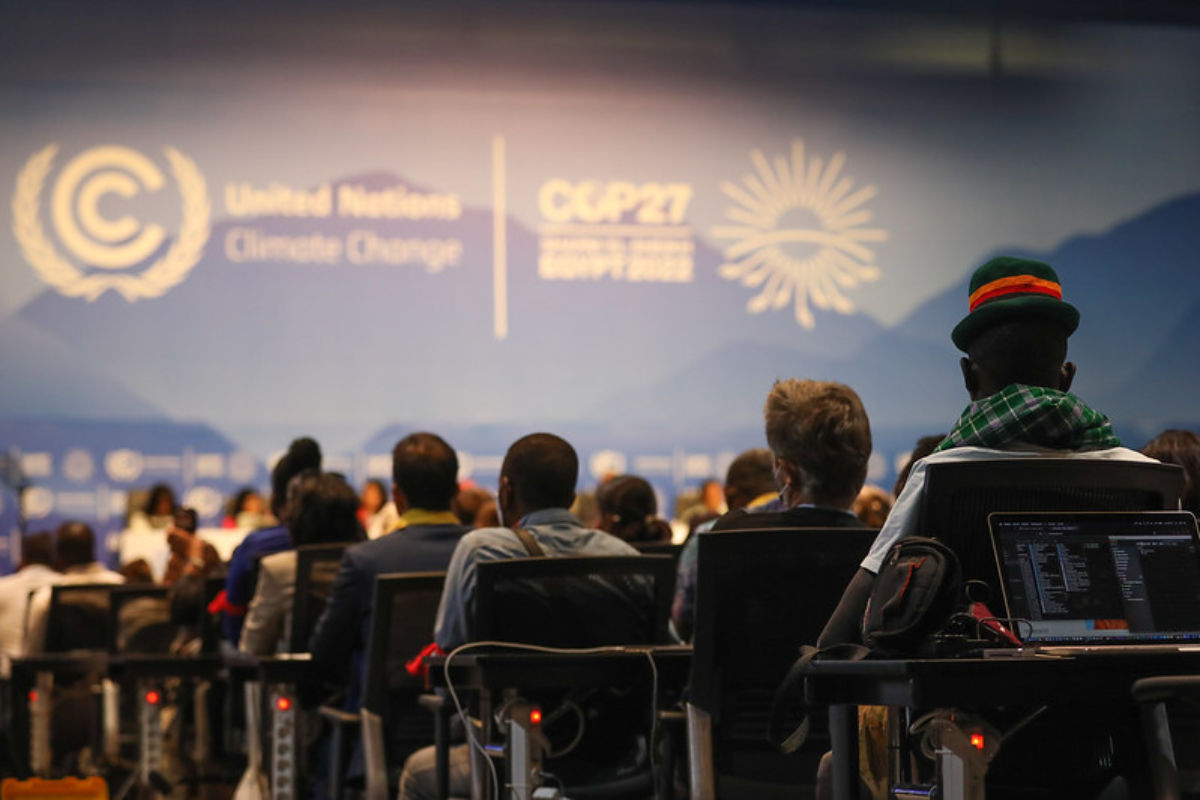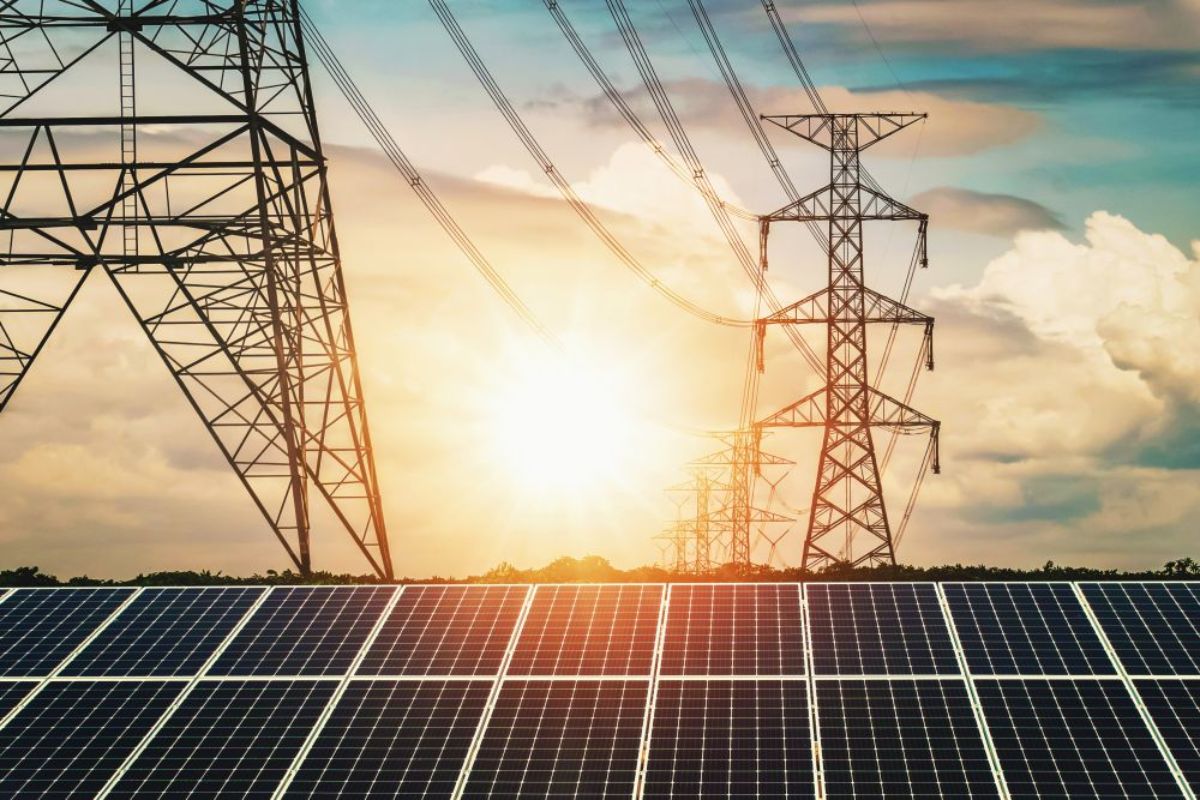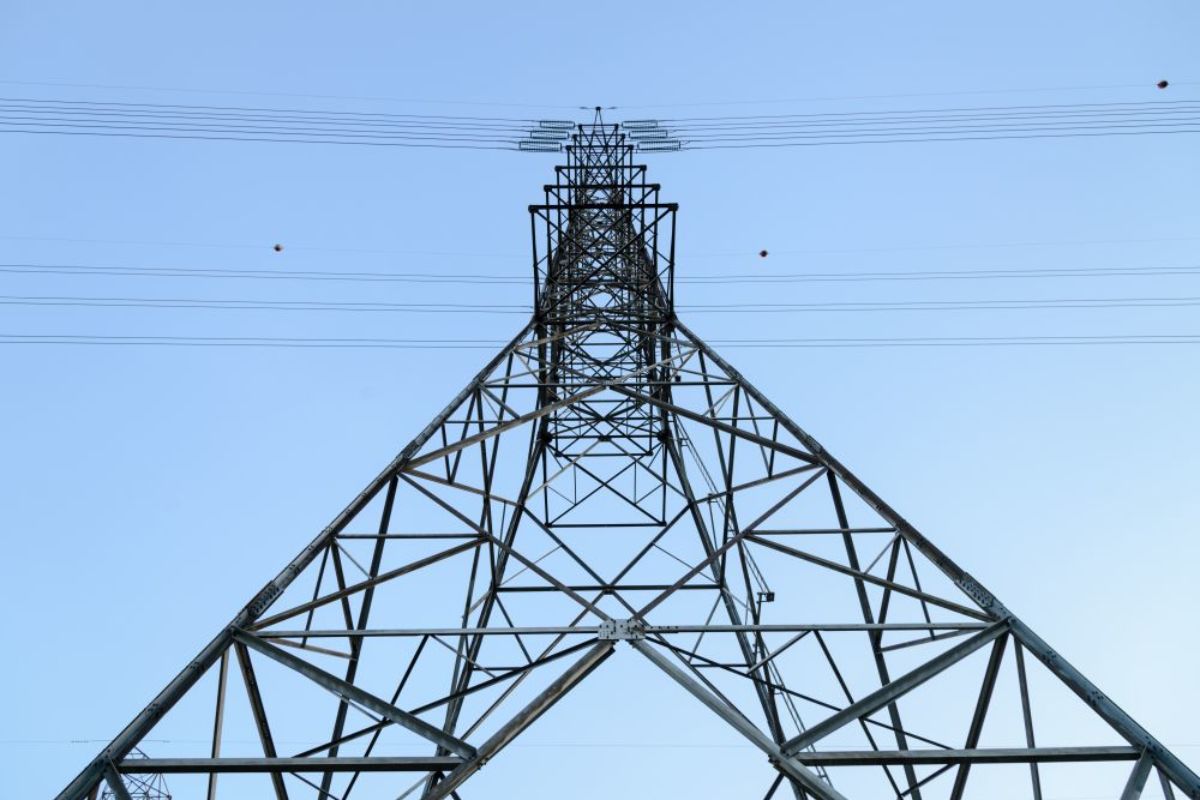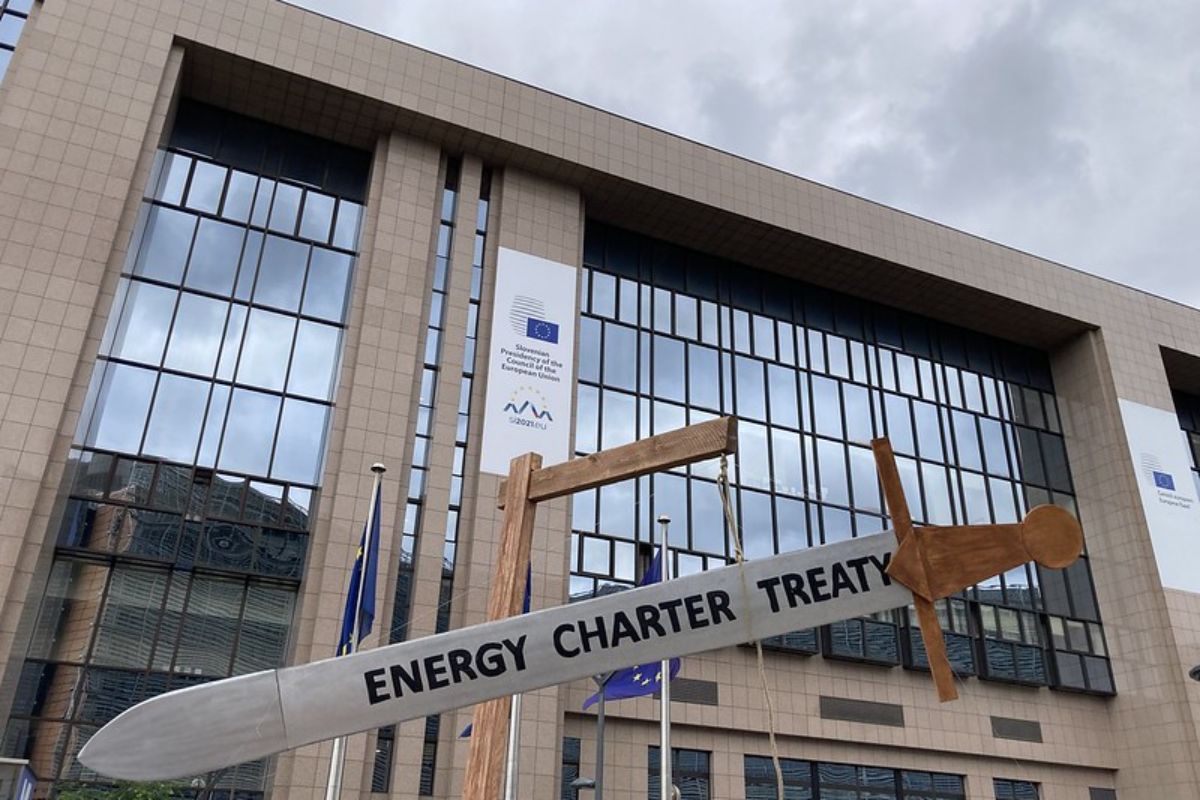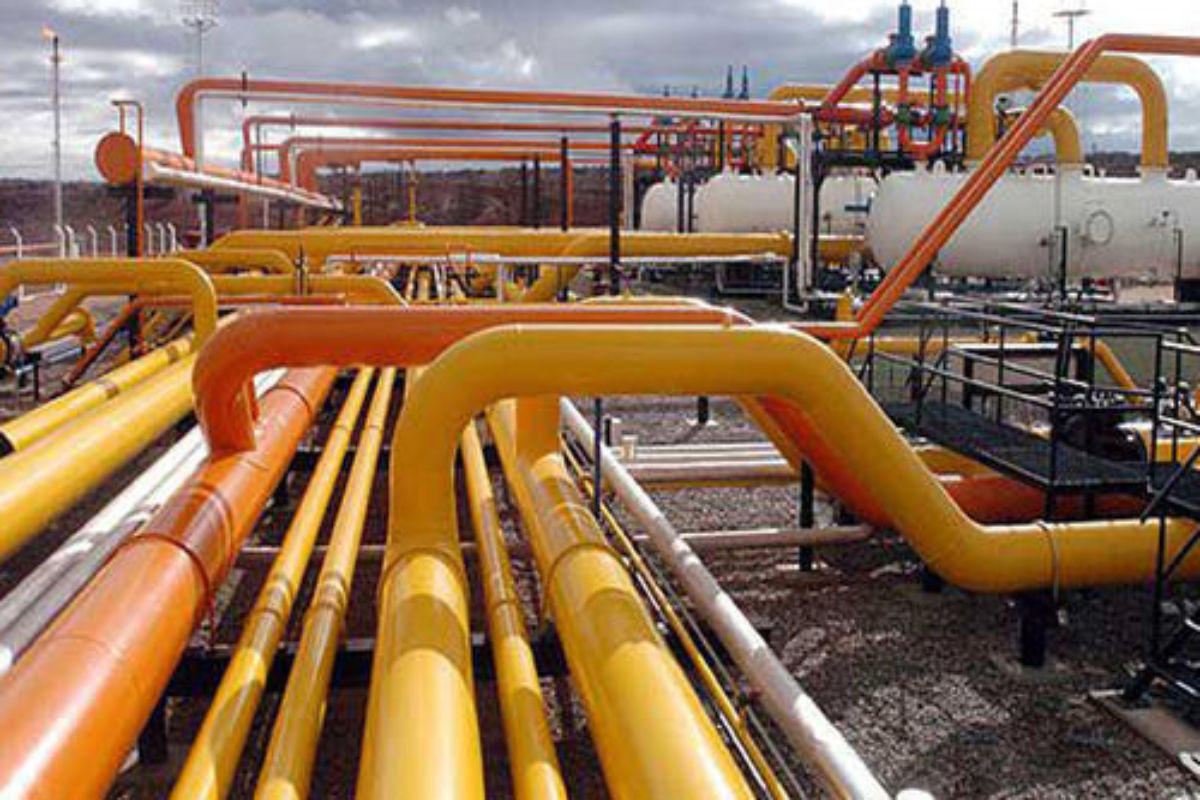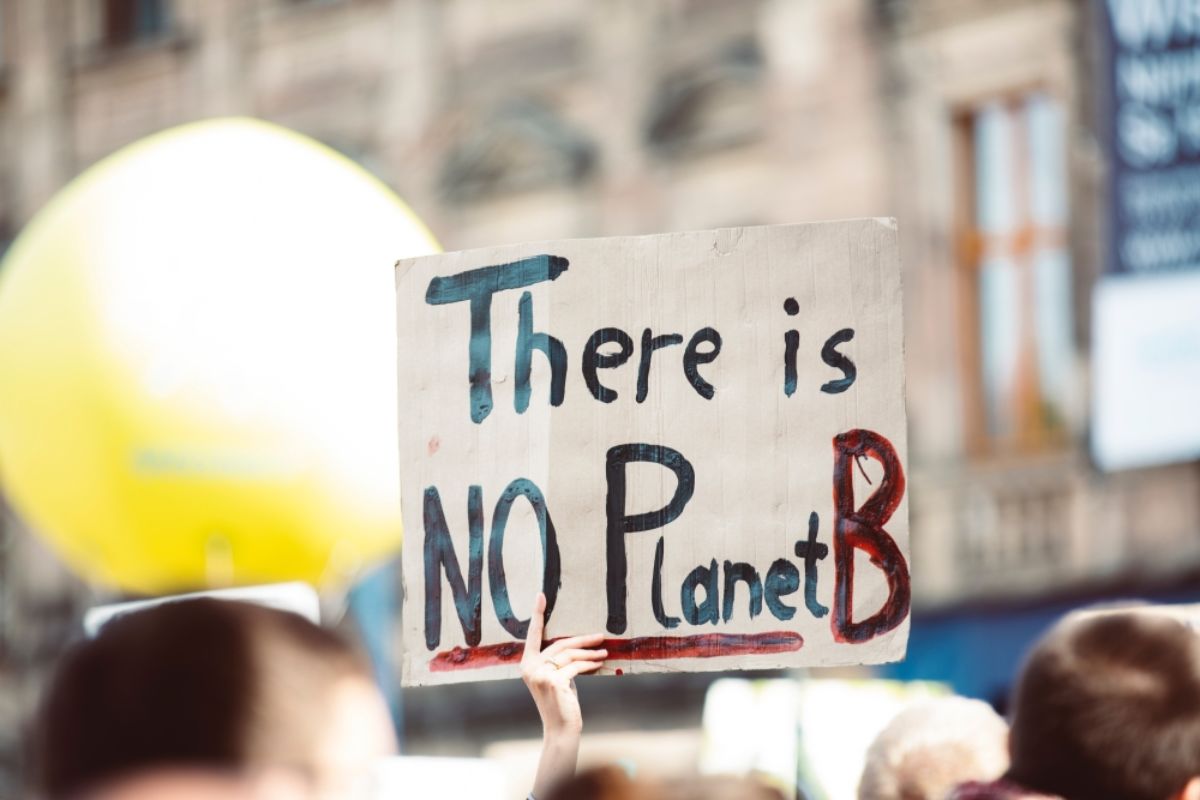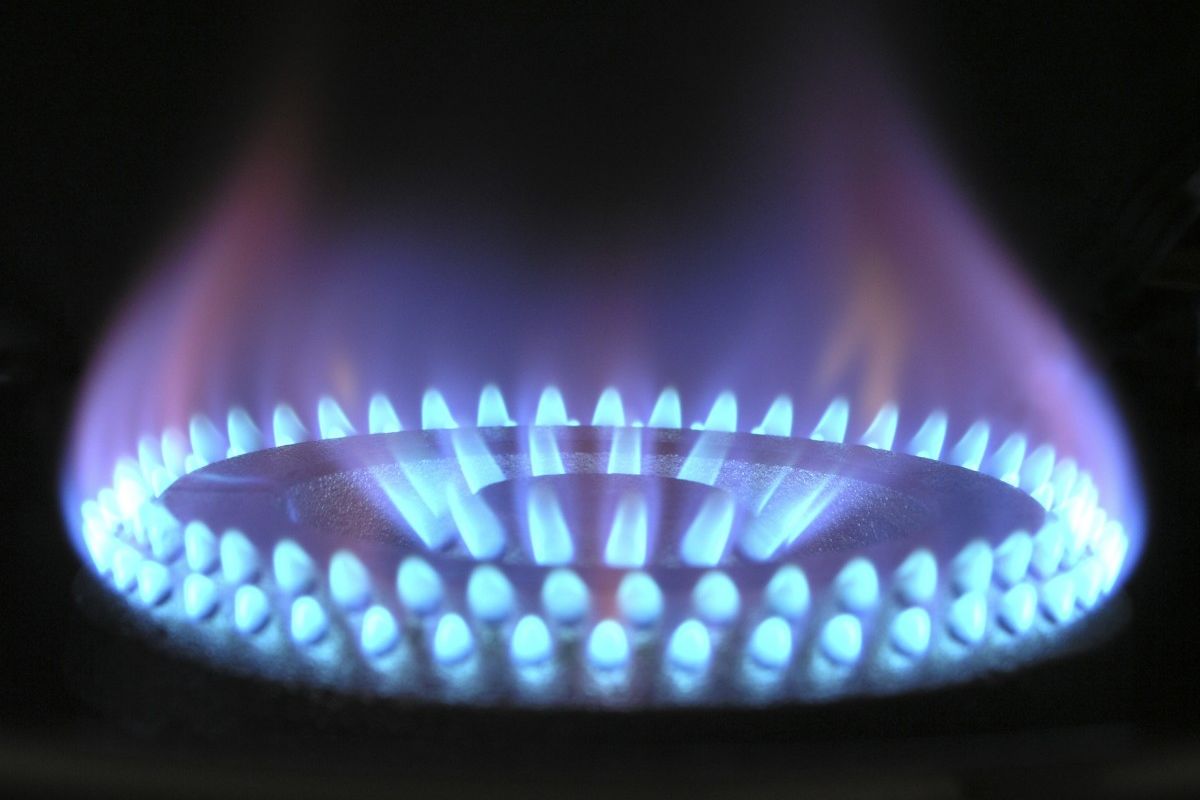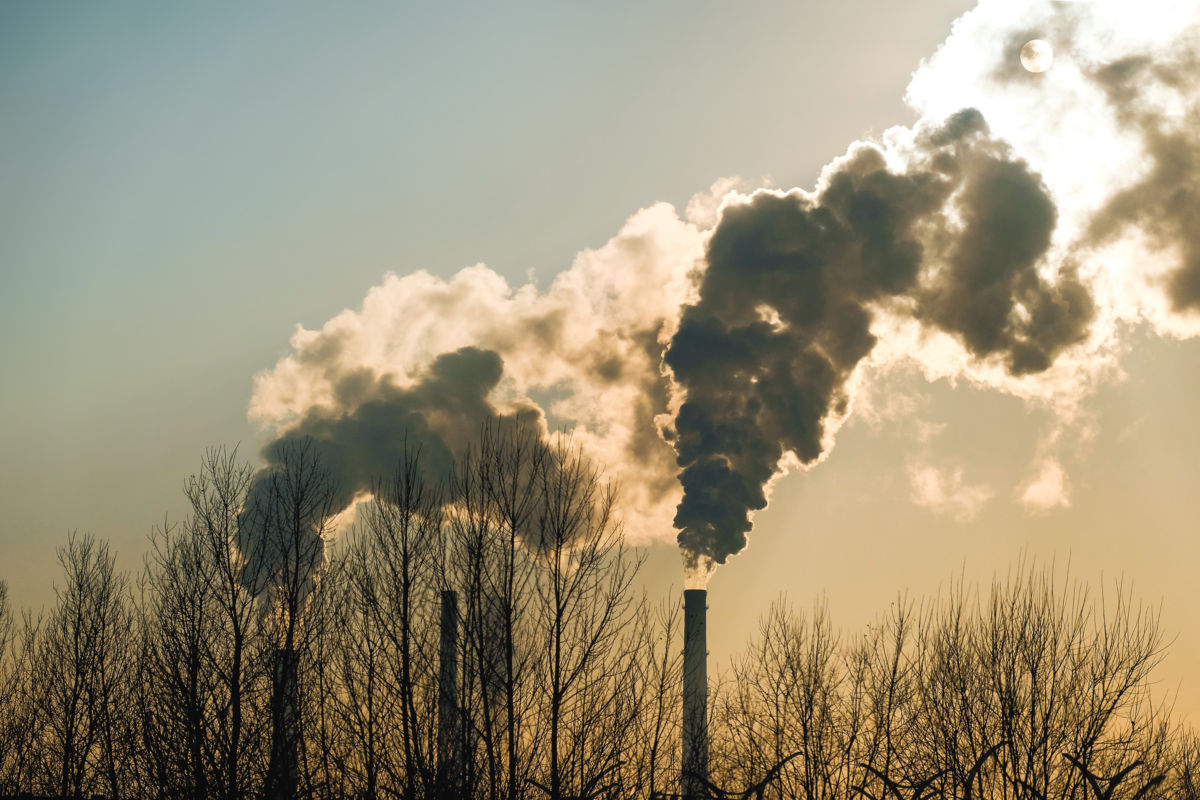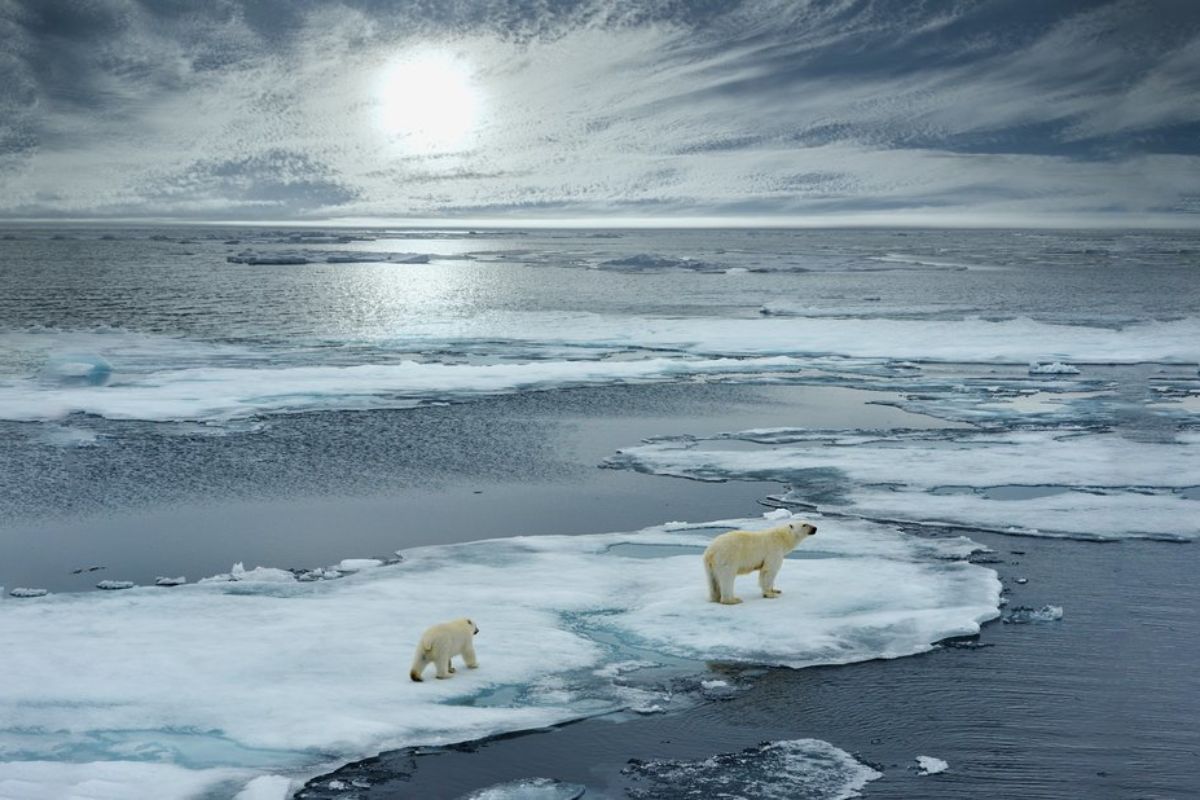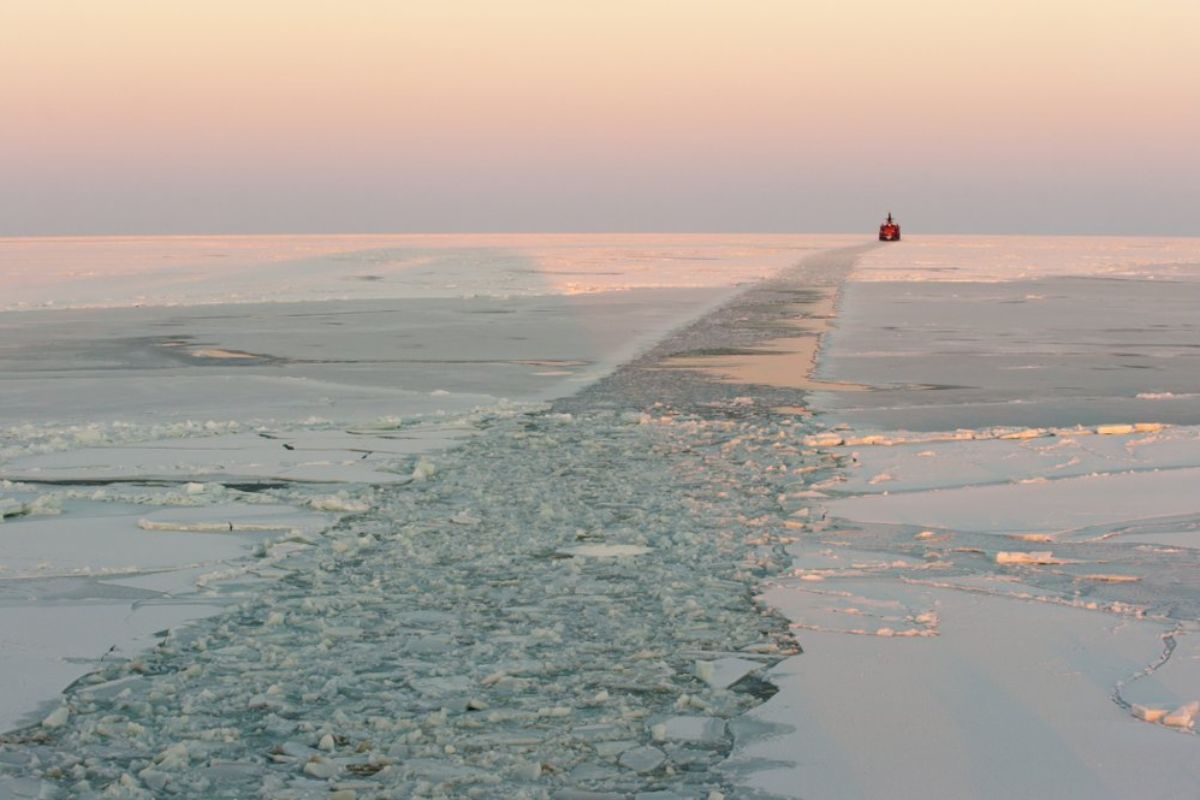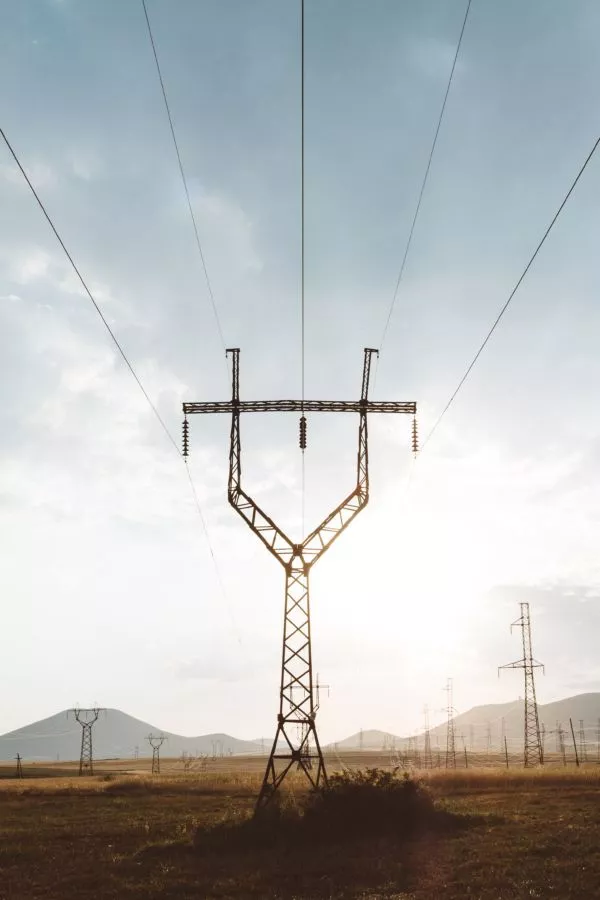A low-carbon EU economy with a fully decarbonised power sector at its core will require huge volumes of low-carbon electricity, with extra capacity added year on year. Even then, however, Europe may still be short of energy, depending on its imports of electricity or hydrogen. To date, offshore wind offers the best hope of producing the volumes we need.
For this reason, the European Commission will publish its offshore wind strategy later this year, following a public consultation.
So far, almost all focus has been on offshore wind coming from the North Sea. Yet slowly, stakeholders are discovering the potential of the Baltic Sea, southern European waters and the Black Sea. A recent World Bank analysis estimated the technical offshore wind potential for Bulgaria and Romania alone to be more than 100 GW. While amounting to only a fraction of that of the North Sea, it nevertheless equals about five times Romania’s installed electricity generation capacity. The potential for Ukraine, a member of the European Energy Community, is two and half times that of Bulgaria and Romania combined. This makes offshore wind far more important for Ukraine than its coal reserves.
Admittedly, not all offshore wind investments are economical yet, given the costs, especially for floating offshore wind. At the same time, however, costs are falling rapidly and, in many cases, fixed offshore installations no longer require subsidies. Load factors of 50% or even more, i.e. the time the installation produces electricity, are an important element in this. Other renewable technologies have load factors that are about half that amount.
When looking at the EU and Energy Community members in the Black Sea, offshore wind may well be the region’s best bet to meet the objectives of the Green Deal.
More energy security
The high load factors offer stable power and are therefore the most likely long-term substitute for increasingly uneconomical coal. This will help to address a longstanding Achilles heel: the stability of the power system grid, without increasing dependence on gas imports from Russia.
As surprising as it may sound to some, offshore wind can also be a solution for landlocked countries such as Hungary, Serbia, Moldova and Northern Macedonia, or neighbouring Greece. A precondition would be the adequate development of the regional transmission grid.
As a recent study by ETH Zürich and Imperial College indicates, offshore wind in southern regions will make a significant contribution to the stability and flexibility of the EU grid as a whole, due to different and in this case complementary weather patterns across the continent.
Furthermore, offshore wind is suitable for the production of green hydrogen.
Seizing the opportunity of recovery
Renewable energy, including offshore wind, has been identified as a promising opportunity to accelerate the low-carbon transition under the Next Generation EU recovery fund. Many international organisations, among them the International Renewable Energy Agency, the International Energy Agency and the World Bank have published studies that highlight the potential of renewable energy.
Renewable energy has proved to be resilient in a crisis.
The development of its own offshore wind industry in the region opens up new economic opportunities and can create jobs, many of which are likely to be well paid. Service industry, including IT, training, skilling and the supply chain will follow. A thriving offshore wind industry could potentially revitalise the port regions, as the international oil and gas industry investments have done in the past.
Wind energy in the region is not unknown. Romania currently has the largest onshore wind farm in the EU. The country’s Hidroelectrica has announced a plan for a 300 MW offshore wind farm for the first time. Both Bulgaria and Romania were among the first countries to achieve the national renewable energy target. Greece is forging ahead with phasing out coal and expanding renewables.
The governing framework exists already
Experience gained from the North Sea has shown us the importance of a governance framework. This is essential for coordination among member states to facilitate necessary grid extensions and to manage the marine space for different types of usage. South East Europe is well-positioned here, if not already in pole position. With the Central and South Eastern Europe energy connectivity (CESEC) process launched by the Juncker Commission, the framework exists. It would be relatively easy to incorporate a special ‘offshore wind’ framework, e.g. a working group into the CESEC process.
Beyond the EU
A successful EU Black Sea strategy may also radiate beyond the EU and the Energy Community. There is interest in renewable energy and offshore wind, especially in Turkey, but also in Azerbaijan, Russia and the Caspian region. Although to date the geopolitics are difficult, it is not obvious why cooperation or a dialogue on developing offshore wind should not be possible. Offshore wind is – part of – the future and the benefits for all are obvious. Many institutional cooperation frameworks already exist or could be revived, perhaps with a new focus. One could envisage a Black Sea Synergy within the European Neighbourhood Policy, the Common Maritime Agenda for the Black Sea or transmission system operator cooperation around the European Networks for Transmission System Operators for Electricity and for Gas (ENTSO-E or ENTSO-G) for hydrogen. This could give real meaning to the European Green Deal’s objective to extend beyond the EU.
What could a green deal for South East Europe look like?
First, it will require the EU to recognise and name the opportunities of offshore wind in the Black Sea.
Then, ‘Just Transition’ must be made tangible in South East Europe and the Black Sea basin. The buzzwords are Green Deal, energy security, investments in clean energy with a simultaneous phase-out of coal, conversion of the coal regions and creation of new, and future-proof jobs. Offshore wind is the crucial link to make that happen.
Next, in order to move things on quickly, the European Commission should anchor concrete offshore wind benchmarks to the national energy and climate plans, due for review in 2021.
And finally, CESEC must address governance promptly, for example by establishing an offshore working group.
An all-important necessary condition is that countries in the region cooperate with one another. This has not always been the case, although things are improving. The EU Next Generation EU recovery fund will provide further incentives to do so.
We should not worry that lack of money – from the EU –- will be the problem. More likely, a lack of sound plans and projects will be the hold-up. For this reason, the European Commission and those member states with capacity may need to provide assistance to countries in the region that are looking to develop their plans.
The Op-ed relates to the analysis of the following CEPS reports:
The time for rapid redevelopment of coal regions is now (May)
Delivering the European Green Deal Green for South East Europe (June)
How Black Sea offshore wind power can deliver a green deal for this EU region (October)



